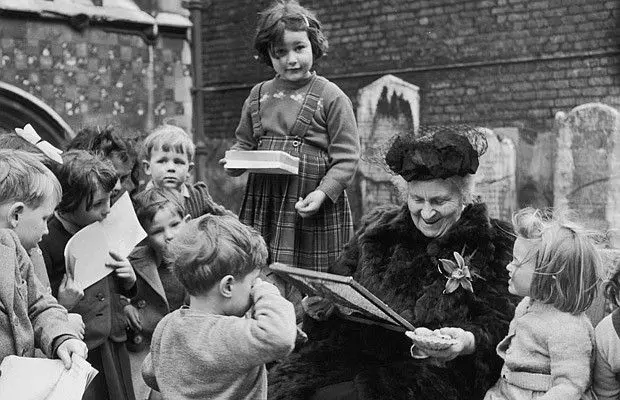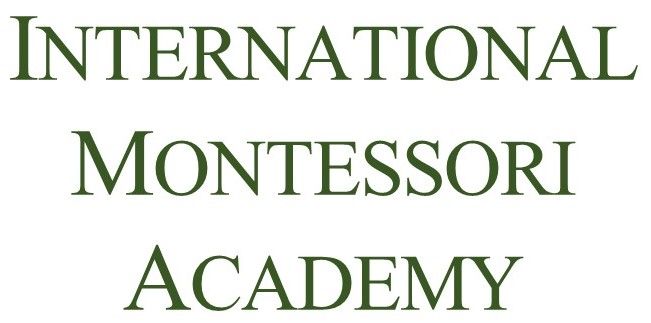A brief explanation of the Montessori method and the remarkable woman behind it
Developed around 1900 by Dr. Maria Montessori, Italy’s first female physician, the Montessori method consists of a specialized teaching style, expertly designed materials and methodically prepared environments that combine to unlock each child’s natural motivation to learn. Unlike most traditional classrooms, in which teachers impose lessons upon a group of children organized by age, Montessori creates an environment in which the teacher plays the role of facilitator as each child satisfies his or her own inherent urge to learn and develop. Further, as Montessori does not segregate children by age, older children share their skills and knowledge with younger ones. This not only acts as an important motivator, as the younger ones emulate their more advanced peers. It also serves to develop crucial social skills as well. In short, Montessori teaches children how to learn. What is more, it does so at a critical age -- two through six years -- when their receptivity to new concepts is most keen and core aspects of their personalities are being formed. Through Montessori they discover that the will, ability and skills to learn are inside each of them, rather than provided externally. And in so doing, they develop a foundation of self-confidence and esteem that can serve them for the rest of their lives.

Often Asked About Montessori
No. Unfortunately, Maria Montessori did not trademark her name, and -- as such -- no controls are put on its use. In fact, of the thousands of schools bearing the Montessori name in this country, only about 4% offer teachers and materials certified by the Association Montessori International (AMI), the organization founded by Dr. Montessori to ensure that the method is properly implemented.
